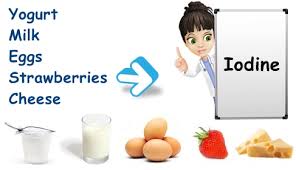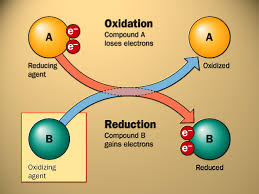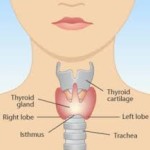 The thyroid gland is a small butterfly shaped gland that sits at the front of your neck just below the Adam’s apple, about where the knot on a man’s necktie would sit. The thyroid has a very important job because it is responsible for the body’s metabolic rate and energy production. These functions affect the cardiovascular system, growth of new cells, development of a newborn’s brain, fat and carbohydrate metabolism and several other significant functions in the human body.
The thyroid gland is a small butterfly shaped gland that sits at the front of your neck just below the Adam’s apple, about where the knot on a man’s necktie would sit. The thyroid has a very important job because it is responsible for the body’s metabolic rate and energy production. These functions affect the cardiovascular system, growth of new cells, development of a newborn’s brain, fat and carbohydrate metabolism and several other significant functions in the human body.
The thyroid gland needs iodine to function properly and produce thyroid hormones. The two most important hormones that are manufactured by the thyroid gland are thyroxine and triiodothyronine. These two hormones are commonly referred to as T4 and T3.
Iodine is a nonmetallic chemical that is found abundantly in seawater and in some minerals. It is in the same classification as chlorine and bromine. However, while iodine is necessary for the thyroid gland to function efficiently, it is toxic in large amounts.
When iodine is not available in the diet, the thyroid gland may not be able to produce enough hormones, including calcitonin responsible for the regulation of calcium in the body. Fortunately, in the United States, iodine is routinely added to salt and bread to minimize the risk of an iodine deficiency. A minimum of sixty micrograms of iodine a day is required to make the thyroid hormones.
The process by which iodine is used by the thyroid is quite complicated and certain steps are still unclear to physicians and researchers. Iodine is converted into its free elemental form iodide. This iodide enters the thyroid gland through the body’s transport mechanism.
 Once the iodide is in the thyroid gland a process called oxidation takes place. This process produces hormones called MIT or Monoiodotyrosine which contains one iodide and DIT or Diiodotyrosine which contains two iodides.
Once the iodide is in the thyroid gland a process called oxidation takes place. This process produces hormones called MIT or Monoiodotyrosine which contains one iodide and DIT or Diiodotyrosine which contains two iodides.
These two compounds then combine to form the active hormones that the body uses. These hormones are then stored in the thyroid gland and released into the body as needed. The body has a regulatory system in place to prevent toxic levels of the thyroid hormone from building up. If too much iodine is being ingested the body will first increase hormone production and then decrease production by blocking the incorporation of iodine into thyroid hormone.
The problem with this protective mechanism arises when the patient develops a disease of the thyroid gland such as Hashimoto’s Thyroiditis. In these situations a goiter may develop or hypothyroidism may occur.
An increase in the amount of iodine ingested can also cause the opposite effect known as hyperthyroidism. This can happen if very little iodine is taken in for a while and suddenly there is a significant increase in the amount of iodine ingested. This usually occurs in those who have an underlying thyroid disorder that has not yet manifested itself.
The relationship between iodine and the thyroid gland is an important one. It is difficult to predict how each individual will respond to the depletion of iodine or the excess of iodine.
If you live in the United States and eat a normal Western diet there is no reason to supplement your diet with kelp or any other iodine supplements. You will receive enough iodine in your normal diet for your thyroid to function properly.
Resources:
Cleveland Clinic: Thyroid Disease
http://my.clevelandclinic.org/disorders/hyperthyroidism/hic_thyroid_disease.aspx
Endocrinology, An Integrated Approach: Chapter 3
http://www.ncbi.nlm.nih.gov/books/NBK28/
American Cancer Society: Thyroid Cancer
http://www.cancer.org/cancer/thyroidcancer/detailedguide/thyroid-cancer-treating-radioactive-iodine
Linus Pauling Institute: Iodine
http://lpi.oregonstate.edu/infocenter/minerals/iodine/
American Thyroid Association: Radioactive Iodine
http://www.thyroid.org/radioactive-iodine/
The Journal of Clinical Investigation: The Measurement of the Iodine-
http://www.ncbi.nlm.nih.gov/pmc/articles/PMC439593/
University of Michigan Health System: Iodine Deficiency
http://www.med.umich.edu/1libr/aha/umioddef.htm


Leave a Reply